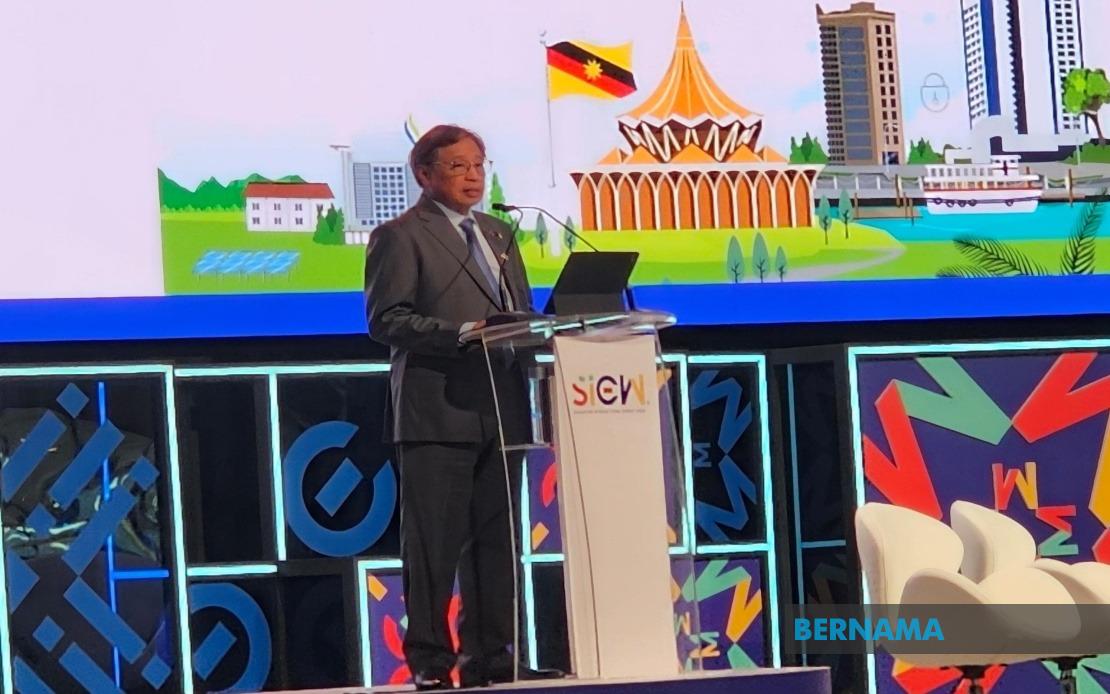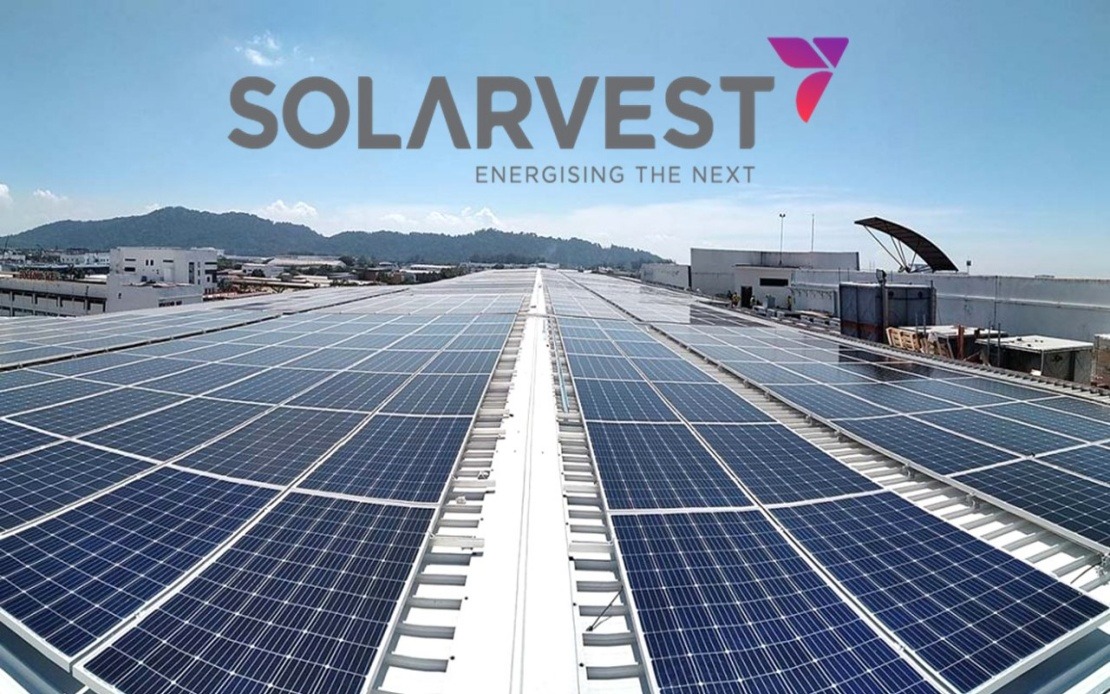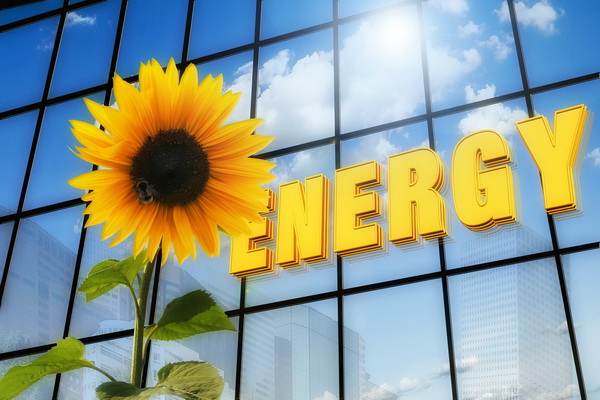News
South Korea increasingly 'going clean' in energy policy
SEOUL, June 7 (Bernama) -- To fuel its fast economic development and energy demand, South Korea relied heavily on conventional resources, such as fossil fuels, but the country is now embarking on a mission to go easier on such carbon-intensive resources and strive to use more sustainable, environmentally-friendly means to meet its energy needs, the country's leading energy official says.
Critics often claim that the shift to renewable energy sources, such as sunlight and wind, is not cost-effective, and that such policies will eventually cause taxpayers to foot greater costs.
According to Joo Young-joon, deputy minister for energy and resources, however, technologies have been advancing faster than ever, paving the way to make the renewable energy vision not a science fiction, but an attainable reality.
"It has now become vital for us to utilise safe and clean energy sources to cope with environmental issues," Joo said during a recent interview with Yonhap News Agency. "Transition towards renewable energy became economically feasible compared to the past following advances in technology," he said expressing confidence over the country's green master plan.
South Korea's energy vision mainly focuses on three aspects: utilising renewable sources to generate electricity, decreasing the number of coal and nuclear-based plants, and promoting the use of hydrogen for automobiles and public transportation.
Under the new energy policy scheme, the portion of renewable sources, including wind and sunlight, in the country's power generation portfolio will jump to a whopping 20 percent by 2030, reaching around 35 percent in 2040.
The vision marks a drastic change from 2017, when renewable sources were responsible for roughly six percent. Coal-fired thermal power accounted for 43 percent of South Korea's energy output portfolio in that year, followed by nuclear power with around 27 percent, according to data by the energy ministry.
While the goal can also be seen as being radical considering coal and nuclear account for 70 percent of power production, Joo emphasised the government will make step-by-step efforts to minimise potential unwanted effects.
As the first step of the new energy policy, South Korea will refrain from building new thermal power plants that burn coal, and gradually close existing ones down the road to reduce emission of pollutants, including fine dust, according to the deputy minister.
The country already closed down five old coal powered plants and plans to shut off five more in the near future. Six other plants, including two that have yet to be constructed, will be renovated to run on liquefied natural gas (LNG), he said.
A similar gradual reduction plan will be applied to nuclear reactors to provide the public with a completely safe energy mix.
"With South Korea recently suffering an earthquake in the southern region, citizens are worrying that the country is not safe from accidents, such as the 2011 Fukushima nuclear disaster," Joo said.
Twelve out of 30 reactors are set to complete their operational life cycles in 2030, according to the ministry.
Instead, South Korea will give green lights to the building of more solar and wind power generators across the country.
The government will utilise idle farms or reclaimed lands to install solar panels and expand the number of wind turbines, which will help the country have a diversified energy portfolio.
"The operation and construction costs for renewable energy facilities have been falling sharply. We can achieve the goal with no significant financial burdens as well," the senior official said, claiming the overall projects will have only a very limited impact on electric bills.
Along with renewable sources, South Korea plans to utilise hydrogen in daily life, especially in the mobility segment.
Hydrogen is an environment-friendly alternative to fossil fuels as automobiles running on the resource only create water in the process of generating power.
Under the vision, the cumulative number of hydrogen-powered vehicles produced by 2040 in South Korea for domestic use will reach 2.9 million units, far more than the 2,000 units produced as of 2018. When exports are counted, the figure is set to reach 6.2 million by 2040.
"South Korea is one of leading players in the world when it comes to hydrogen fuel cell cars. We started the production of hydrogen cars in 2013, and 99 percent of core parts are produced domestically," Joo said.
Hydrogen can be produced by processing LNG, or by using electricity to create it from water. It is also produced as a by-product of industrial facilities, including petrochemical plants.
Joo said South Korea will pioneer various means to produce hydrogen, from water, or tapping other overseas suppliers. Along with the by-products, the country plans to supply the market with 5.26 million tons of hydrogen annually by 2040.
As a result of such measures, the price of hydrogen, which is forecast to stand at 6,000 won (US$5) per kilogram in 2022, may be only 3,000 won in 2040.
To expand the public's access to the resources, the government will install hydrogen production facilities and charging stations across the country.
The country has already made significant progress in terms of environmental protection through its new energy policy. For one, the amount of fine dust produced from coal plants dropped by a whopping 25 percent in 2018 from two years earlier at around 23,000 tons, after the government regulated operations of power plants.
"South Korea will build a highly efficient and clean, but stable energy structure," Joo said. "The transition itself will create new opportunities, ranging from nuclear decommissioning to hydrogen fuel cells. The change will eventually provide the country with sustainable growth."
-- BERNAMA
Other News
Sarawak Lepasi Sasaran Kapasiti Gabungan Tenaga Boleh Baharu Tahun Ini - Abang Johari

Oleh Nur Ashikin Abdul Aziz
SINGAPURA, 21 Okt (Bernama) -- Sarawak mencapai 62 peratus sasaran campuran kapasiti tenaga boleh baharu (TBB) tahun ini, melepasi sasaran 60 peratus yang digariskan dalam Strategi Pembangunan Pasca COVID-19 (PCDS) 2030.
Sarawak Pacu Pertumbuhan Tenaga Boleh Diperbaharui Untuk Manfaat ASEAN - Premier

SINGAPURA, 21 Okt (Bernama) -- Sarawak komited menyokong peralihan tenaga boleh diperbaharui di Asia Tenggara dengan memanfaatkan potensinya sebagai "Bateri ASEAN," yang akan membekalkan tenaga bersih menerusi sambungan Grid Kuasa Borneo dan ASEAN.
Belanjawan 2025 Percepat Peralihan Kepada Tenaga Bersih - Solarvest

KUALA LUMPUR, 19 Okt (Bernama) -- Belanjawan 2025 merupakan satu langkah ke arah mempercepat peralihan kepada tenaga bersih di Malaysia, kata Solarvest Holdings Bhd.
© 2025 BERNAMA. All Rights Reserved.
Disclaimer | Privacy Policy | Security Policy This material may not be published, broadcast,
rewritten or redistributed in any form except with the prior written permission of BERNAMA.
Contact us :
General [ +603-2693 9933, helpdesk@bernama.com ]
Product/Service Enquiries [ +603-2050 4466, digitalsales@bernama.com ]
